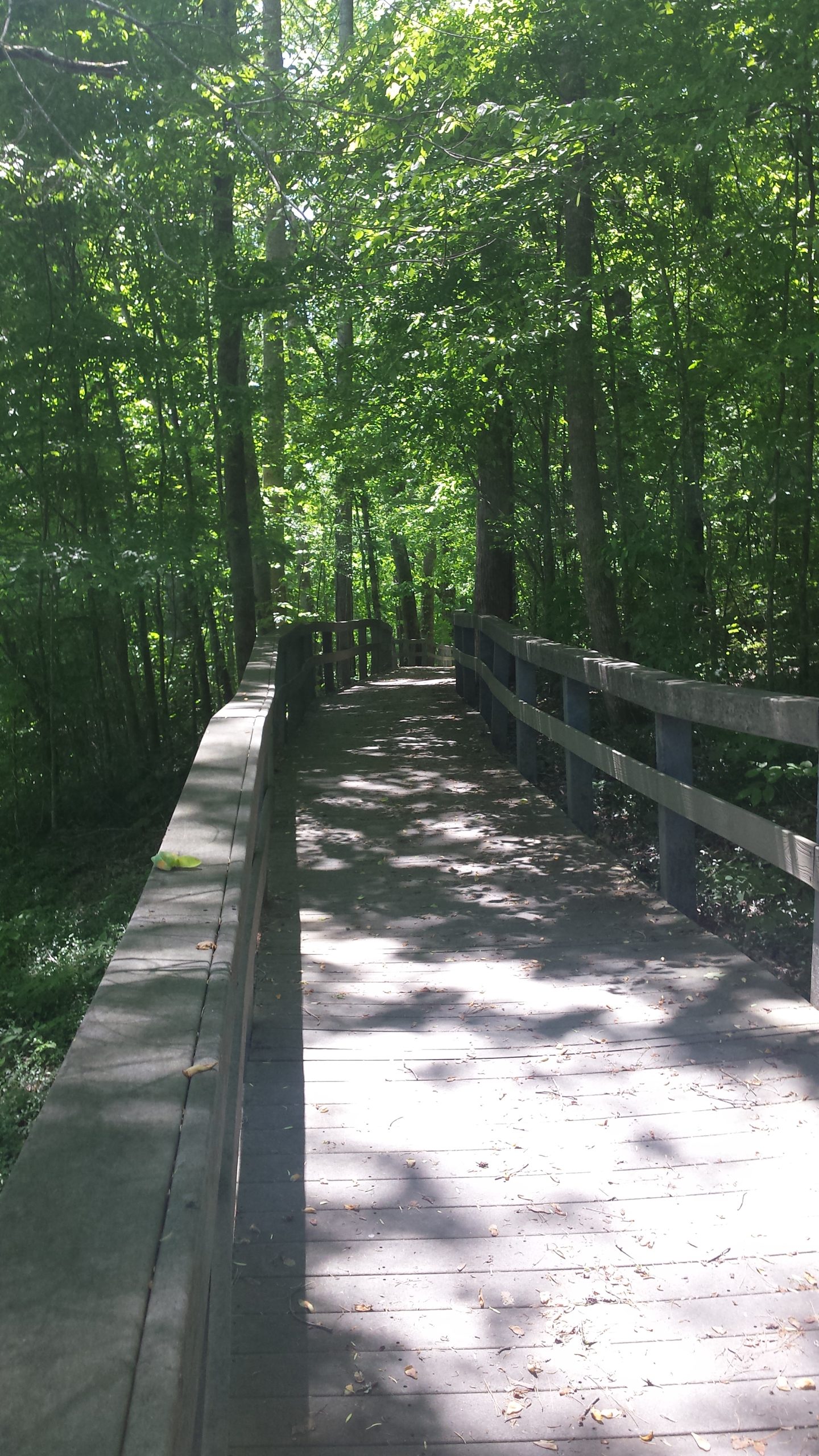Social and Cultural Experiences Lead Traveler Preferences in 2020

Have you ever read something that made you sit back and say “Yes, that is exactly it.” The story striking a chord with me was published in The Daily Californian for Earth Day 2020. In her blog titled Reevaluating how we wander the Earth: Tips to become a more conscious traveler, author, Sunny Sichi tells her readers to experience travel by being more mindful. She urges them to dig deep by “talking to locals and getting their recommendations once you’re there, or even before,” and that “recommendations from people who know the ins and outs of the place will ensure you (sic) have a fuller experience.”
We applaud the author’s perceptive understanding that the most memorable experiences will be those that include time invested in learning more about the culture and history of the destination and by traveling “like a local.” Geotourists as defined by National Geographic are Ms. Sichi’s “mindful” travelers. The principles of geotourism are not integrated in most mass tourism campaigns in spite of published studies indicating that travelers prefer authentic experiences. Recent data from the 2020 US Travel and Tourism statistics shows that there is marked traveler interest in booking activities that provide experiences in meeting new people and opportunities for “finding themselves” across most demographic groups. Also trending is solitary travel which includes solo experiences such as kayaking and volunteerism. Travelers are seeking trips that will allow them to immerse themselves into active experiences and connect with the destination’s unique geographic and cultural assets.
The ExploreTRV site is an online insider’s guide to places, events and activities recommended by locals. The mapguide encompasses a range of experiences including adventure and nature-based travel, eco- and agri-tourism, cultural and heritage travel. The indirect benefit of this guide is that it promotes a business ethic that places a high value on protecting the world’s distinctive places through wisely managed tourism and destination stewardship, while providing the visitor an authentic or in Ms. Sichi’s words, “fuller” experience.
We agree with the author and urge visitors to plan their future trips “in the most socially, culturally and environmentally responsible way” to protect the experiences for future generations.

Recent Comments